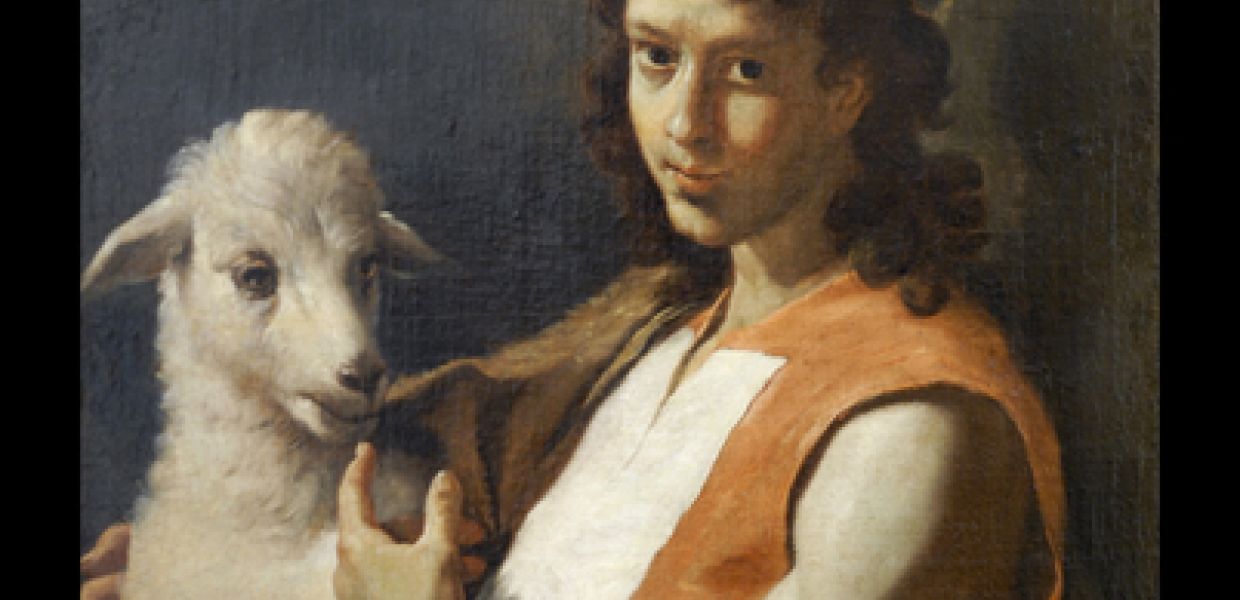Choosing a country's artworks for Europeana 280: Malta

This month, we’ve started highlighting some of the works nominated as part of Europeana 280 in preparation for the launch of the campaign next month. On Europeana Art History Collections, we’ll showcase treasures from a different country each week, and if you download the popular app DailyArt, you can enjoy a Europeana 280 artwork every Tuesday and Sunday in March.
We’ll also continue this blog series, finding out more how different countries went about making their choices. Here, Europeana 280's Exhibition Coordinator Ann Maher chats to Malta about their nominations.
Malta has a fascinating history. It played important roles in both the First and Second World War, when the whole nation was awarded the George Cross for heroism. It has a rich cultural heritage that stretches back over millennia, and it has welcomed many distinguished artistic visitors. Valletta, EU’s smallest capital city, has outstanding Baroque works that are still in place in the locations for which they were originally commissioned. All these factors played a part in the narrative of Malta’s selection, according to Russell Muscat from Malta’s Ministry for Justice, Culture and Local Government. “Our choice stands for our story and its interconnections with Europe,” he explained. So how did Malta go about making their final selection for Europeana 280?
Following the initial call to Ministries of Culture, the team working on the new national community art museum was approached to coordinate the selection, as Russell Muscat continued: “Heritage Malta is currently leading the MUZA Project; a participatory museum and flagship project of Valletta 2018, European Capital of Culture”.
What were the criteria for the Maltese selections? “The major challenge was the medium”, explained Muscat “We also omitted most of our Prehistoric legacy which we felt would have not fitted within the given brief.” The intention was to underpin Malta’s European significance with key works. “We opted for a balanced choice by going for works by European painters in Malta and those recognized as having Maltese connections - even if they are still relatively unknown - to show our contribution to our European identity.”
Artistic visitors
Malta’s selection includes works from some distinguished artistic visitors that had a decisive impact on European art. Michelangelo Merisi, known as Caravaggio, arrived in Malta in July 1607, on the run from Rome. His volatile temperament led to his involvement in a brawl in which a member of the Knights of the Order of St John - which at the time ruled the island - was seriously injured. He was imprisoned, but escaped and fled to Sicily. “Caravaggio’s Beheading of St John the Baptist stands for the artist’s short stay on the island”, explained Muscat. “His impact on European art is decisive even though in Malta he only painted for the inner circle of the Grandmaster of the Order of St John.” This artwork still hangs in situ, in St John's Co-Cathedral in Valletta, in the space for which it was commissioned.

Just one of the treasues chosen by Malta for Europeana 280. St John the Baptist Wearing the Red Tabard of the Order of St John, Mattia Preti. National Museum of Fine Arts - MUZA (Heritage Malta), public domain.
The Calabrian Baroque artist Mattia Preti, on the other hand, spent over forty years in Malta during which time he was admitted to the Order. He ran a busy workshop painting for clients in Italy and elsewhere. According to Muscat: “Back then, Malta had the potential to produce art for the whole of the European continent where most of Mattia Preti’s works are still to be seen and enjoyed.” Preti largely designed the richly embellished High Baroque interior of St John’s Co-Cathedral as well as painting several of the altarpieces in its chapels.
Another influential visitor was British artist and architect Victor Pasmore who was a pioneer of abstract art in the 1940s and 1950s. He decided to settle in Malta when it became a nation-state. What is his role in Malta’s art heritage? “Much like Preti and Caravaggio before him,” said Muscat, “Pasmore stands as an artist whose stature connects him to the major European art institutions and is part and parcel of our story”.
Commemorative memorial
During the First World War, Malta did not take an active part in the fighting but became known as the ‘Nurse of the Mediterranean’ due to the multitude of hospitals on the island that treated many thousands of injured soldiers and sailors including those from the Gallipoli and Salonika campaigns. An artistic response to these times came from Maltese sculptor Antonio Sciortino, who studied and worked in Rome. He created one of the first designs for a monument to commemorate an unknown soldier. According to the New York Tribune in 1921, artists considered his Temple of Nations to be ‘the finest monument that has so far been designed in commemoration of the Allied victory’. “Sciortino responded with a bold vision,” states Muscat, “and his legacy is more pertinent than ever today, as we commemorate the sufferings of a Great World War which happened just a century ago.”
We look forward to sharing more insightful art selected for the Europeana 280 campaign soon. In the meantime, follow the conversation on Twitter via #Europeana280.
